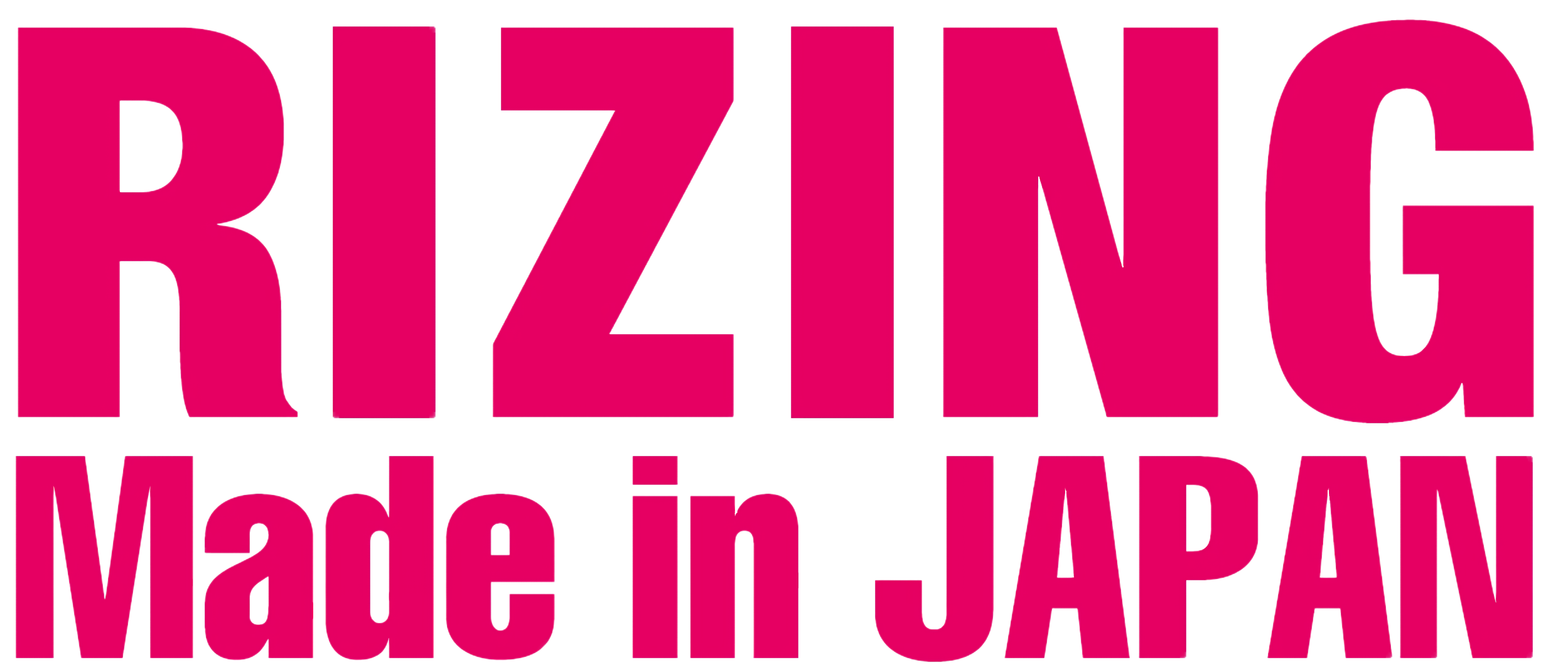Public Choice Theory, a branch of economics and political science, emerged in the mid-20th century as a framework for analysing the decision-making processes of individuals within the public sector. Primarily attributed to scholars such as James Buchanan and Gordon Tullock, who were awarded the Nobel Prize in Economic Sciences in 1986, the theory seeks to understand how self-interested behaviour influences collective decision-making in political environments. By applying the assumptions and methodologies of microeconomic theory to political analysis, Public Choice Theory provides insight into the functioning of governmental institutions and the behaviour of elected officials, bureaucrats, and voters.
This theory challenges the traditional notion of the benevolent social planner, positing instead that individuals act according to their self-interests, often leading to outcomes that may not align with the overall welfare of society. Buchanan and Tullock’s seminal work, “The Calculus of Consent” (1962), laid the groundwork for this paradigm shift. They argued that political outcomes result from individual preferences, which are aggregated through a process governed by rules and institutions. For instance, the theory suggests that legislators pursue policies that maximize their chances of re-election, potentially leading to inefficient government expenditures or the overproduction of public goods.
The foundations of Public Choice Theory were developed against a historical backdrop marked by burgeoning government intervention in economic affairs. The post-World War II era saw an expansion of state activities, fuelled by the Keynesian economic policies promoting welfare programs and public investment. Scholars like Anthony Downs further built on this intellectual framework in his 1957 book, “An Economic Theory of Democracy,” where he introduced the concept of the median voter theorem. This theorem posits that political candidates will formulate their platforms to appeal to the preferences of the median voter, effectively simplifying the dynamics of electoral competition.
The implications of Public Choice Theory are profound, extending beyond political analysis and into various domains, including marketing. The principles of the theory can be employed to understand consumer behaviour and the strategies of firms operating in competitive environments. The following sections discuss specific applications of Public Choice Theory in marketing.
One relevant application of Public Choice Theory in marketing is the analysis of public goods and their provision. In many cases, firms engage in corporate social responsibility (CSR) initiatives that resemble the provision of public goods—efforts that benefit society at large, such as environmental sustainability programs. Companies can leverage this by aligning their brand image with the self-interests of consumers who prefer to support socially responsible businesses. Numerous studies have shown that consumers are willing to pay a premium for products associated with CSR efforts. For instance, a 2015 Nielsen study revealed that approximately 66% of global respondents were willing to pay more for sustainable brands, indicating that market forces can align with public interests.
Furthermore, marketing strategies that take into account consumer voting behaviour can enhance brand positioning. For example, firms can use techniques inspired by the median voter theorem to craft messaging that resonates with the most significant segment of their target audience. This approach directly ties into Public Choice Theory by recognizing that consumer preferences influence market dynamics.
Public Choice Theory also informs the concept of regulatory capture, whereby firms might seek to influence regulatory bodies to create favourable market conditions at the expense of competition. In this context, marketing efforts can focus on lobbying and public relations campaigns aimed at shaping a favourable regulatory environment. Industries such as pharmaceuticals and telecommunications have spent substantial amounts on lobbying; reports indicate that the telecommunications industry alone spent approximately $90 million on lobbying in 2020. Companies can use these insights to position themselves strategically in the market while navigating regulatory landscapes.
Moreover, using Public Choice Theory to analyse consumer behaviour can provide valuable insights into demand forecasting, product positioning, and competitive strategies. For instance, firms can utilize statistical models to analyse voter behaviour in elections to predict shifts in consumer preferences regarding political issues. In addition, understanding the policy dimensions and the motivations behind governmental regulations can help firms address market challenges and opportunities more effectively.
In conclusion, Public Choice Theory offers a robust framework for understanding the intricate dynamics of individual decision-making within public sectors and its broader implications for marketing strategies. By recognizing the self-interest that drives both consumers and political decision-makers, businesses can develop innovative marketing approaches. Consequently, the integration of Public Choice Theory into marketing can enhance the effectiveness of strategic planning, enabling firms to align with consumer preferences while navigating complex regulatory environments. This multifaceted application underscores the relevance of political economics in contemporary marketing practices.

